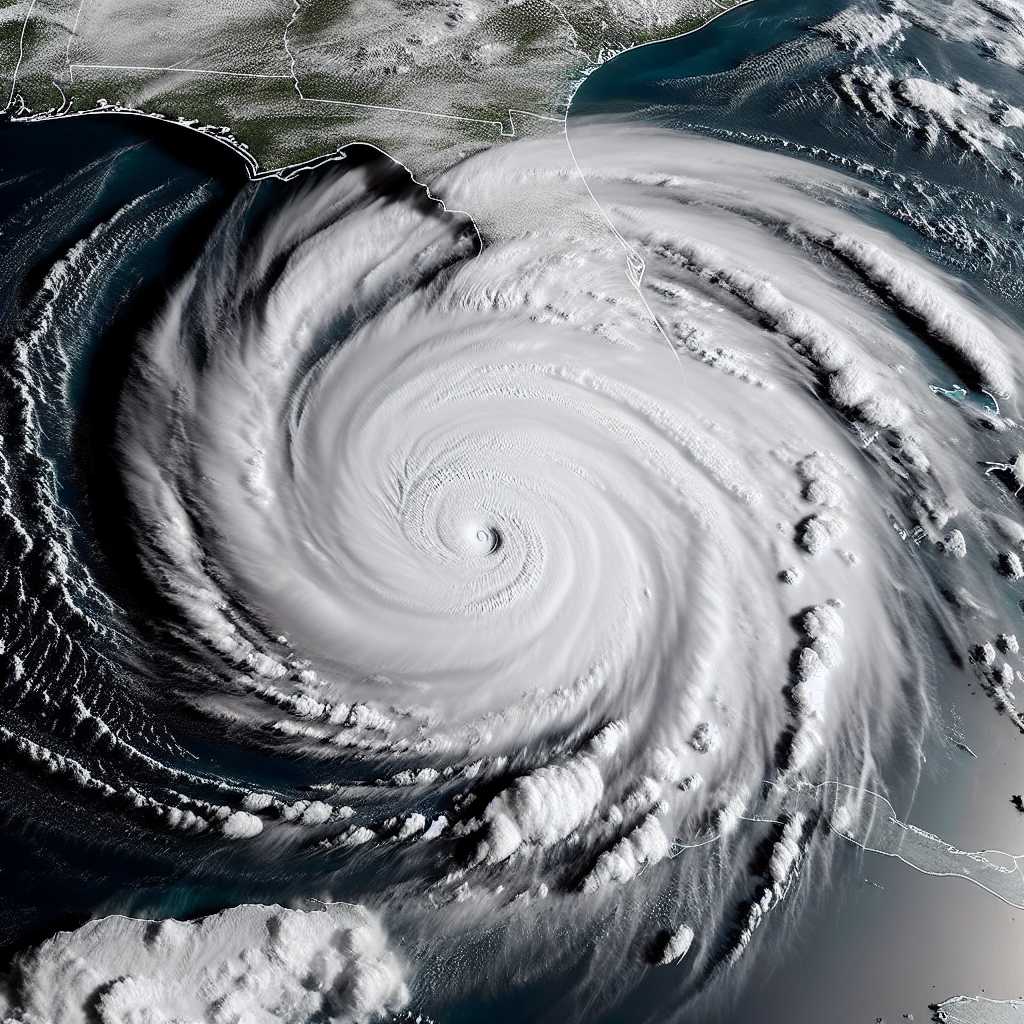Tropical Storms in Florida: Understanding the Impact and Preparations
Florida, often referred to as the “Sunshine State,” is no stranger to the fierce and unpredictable nature of tropical storms. With an extensive coastline along both the Atlantic Ocean and the Gulf of Mexico, this peninsular state bears the brunt of rapid weather changes, especially during the hurricane season, which runs from June 1st to November 30th each year. This article delves into the history, effects, and the comprehensive preparation strategies that Floridians employ to combat these natural phenomena.
Historical Overlook of Tropical Storms in Florida
Florida’s geographical location makes it particularly vulnerable to tropical storms and hurricanes. Through history, numerous storms have had significant impact on the state, shaping the way communities prepare for and respond to weather emergencies. Major tropical storms and hurricanes such as Andrew in 1992, Charley in 2004, and Irma in 2017 have left their marks on Florida’s urban development, economy, and the collective psyche of its residents.
The Meteorological Mechanics of Tropical Storms
To understand tropical storms, it is vital to comprehend their formation. Tropical storms are atmospheric systems with wind speeds between 39-73 mph. They form over warm ocean waters when moist air rises, creating an area of low pressure beneath. As the system gains momentum and ocean waters fuel it with energy through heat transfer, it becomes more organized; forming a well-defined circulation center known as an “eye.”
The Socio-Economic Impact of Tropical Storms in Florida
Every time a tropical storm strikes Florida, it has serious socio-economic repercussions. The impact on infrastructure includes damage to buildings, roads, bridges, and power lines which can lead to widespread power outages, communications breakdowns and impeded access to emergency services. Moreover, markets fluctuate with disruptions in agricultural production and tourism – two economic backbones of Florida.
Preparation Strategies for Floridian Residents and Authorities
Against such formidable natural events, preparedness is crucial. Residents follow hurricane-readiness protocols that include stocking up on emergency supplies like food, water, medications, batteries, and securing property with storm shutters or other protection. The state’s disaster management agencies coordinate with federal organizations such as FEMA to formulate evacuation plans and establish shelters for retrofitting community resilience against upcoming storms.
Adaptive Measures for Infrastructure and Environmental Protection
Acknowledging the regularity of coastal storms and sea-level rise concerns due to climate change, Florida invests in adaptive infrastructure such as sea walls, elevated buildings, and flood control systems like pumps and storm drains. Environmental protection is also crucial and encompasses safeguarding wetlands and barrier reefs that help absorb storm impacts.
Impact on Flora and Fauna
The ecological impact includes disruptions in aquatic ecosystems from storm surge flooding that can salinize freshwater habitats. Terrestrial habitats are also affected; indigenous species’ distributions can shift or decline due to habitat loss or alteration as a result of severe weather patterns.
Technological Advancements in Storm Prediction and Monitoring
Advancements in satellite meteorology have enhanced storm tracking accuracy, leading to better preparation by providing more reliable forecasts. Drones and other innovations are increasingly used for post-storm damage assessment for faster response and quicker recovery processes.
Legislation Related to Tropical Storms and Disaster Response
Florida’s legislature consistently works on policies aiding risk mitigation and disaster management funding. They operate under frameworks delivering federal-state partnerships for comprehensive response actions to assist those affected by catastrophic tropical systems.
Environmental Conservation Efforts and Sustainability
An important undercurrent in Florida’s fight against tropical storms lies in conservation efforts targeting barrier ecosystems – sustainable environmental practices ensure a buffer that aids as protection against storms and sea-level rise.
Notes
Image description: A satellite image showing a large spiral cloud formation hovering over Florida with distinct banding features characteristic of a tropical storm system. Bands of heavy rains can be seen approaching the coastline indicating potential landfall.

